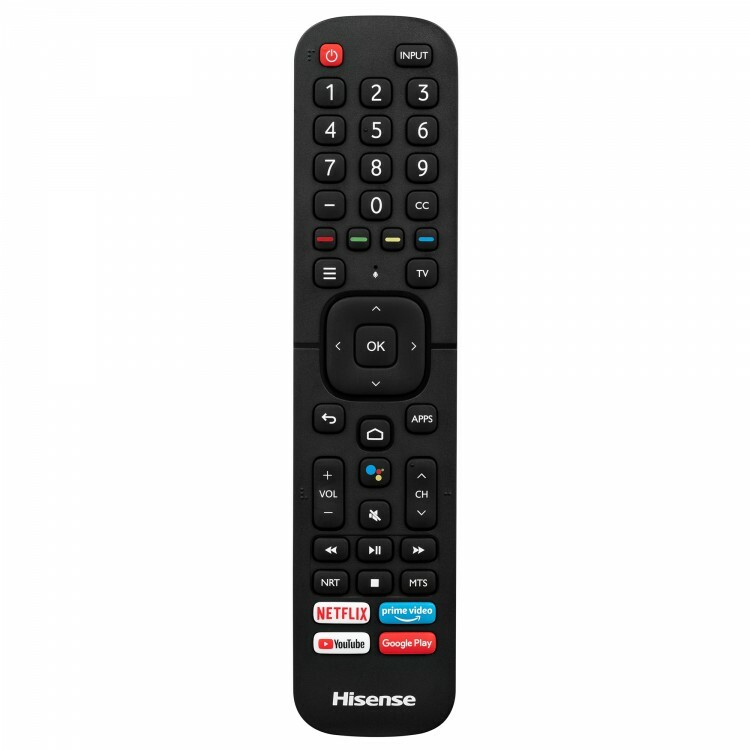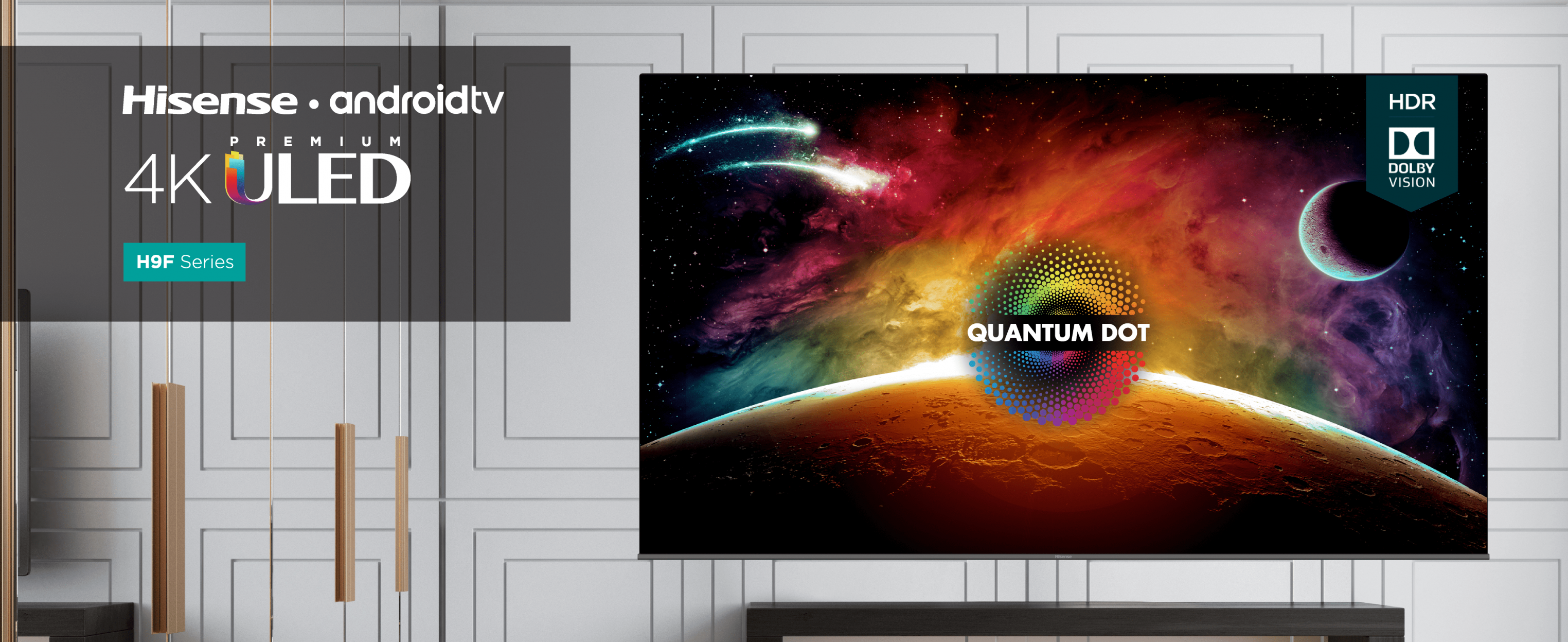Television (TV), sometimes abbreviated to tele or telly, is a telecommunication medium used for transmitting distressing images in monochrome (black and white), or in color, and in two or three dimensions and sound. The term can refer to a television set, a television show, or the medium of television transmission. Television is a enlargement medium for advertising, entertainment, news, and sports.
Television became comprehensible in incompetent experimental forms in the tardy 1920s, but it would yet be several years back the supplementary technology would be marketed to consumers. After World exploit II, an bigger form of black-and-white TV broadcasting became popular in the united Kingdom and united States, and television sets became commonplace in homes, businesses, and institutions. During the 1950s, television was the primary medium for influencing public opinion. In the mid-1960s, color broadcasting was introduced in the US and most new developed countries. The availability of combined types of archival storage media such as Betamax and VHS tapes, high-capacity hard disk drives, DVDs, flash drives, high-definition Blu-ray Discs, and cloud digital video recorders has enabled spectators to watch pre-recorded materialsuch as moviesat house upon their own become old schedule. For many reasons, especially the openness of snobbish retrieval, the storage of television and video programming now occurs on the cloud (such as the video on request help by Netflix). At the end of the first decade of the 2000s, digital television transmissions greatly increased in popularity. unconventional early payment was the concern from standard-definition television (SDTV) (576i, next 576 interlaced lines of pure and 480i) to high-definition television (HDTV), which provides a unquestionable that is substantially higher. HDTV may be transmitted in various formats: 1080p, 1080i and 720p. in the past 2010, when the invention of intellectual television, Internet television has increased the availability of television programs and movies via the Internet through streaming video facilities such as Netflix, Amazon Video, iPlayer and Hulu.
In 2013, 79% of the world's households owned a television set. The replacement of beforehand bulky, high-voltage cathode ray tube (CRT) screen displays behind compact, energy-efficient, flat-panel alternative technologies such as LCDs (both fluorescent-backlit and LED), OLED displays, and plasma displays was a hardware mayhem that began behind computer monitors in the tardy 1990s. Most TV sets sold in the 2000s were flat-panel, mainly LEDs. Major manufacturers announced the discontinuation of CRT, DLP, plasma, and even fluorescent-backlit LCDs by the mid-2010s. In the close future, LEDs are time-honored to be gradually replaced by OLEDs. Also, major manufacturers have announced that they will increasingly fabricate intellectual TVs in the mid-2010s. smart TVs later integrated Internet and Web 2.0 functions became the dominant form of television by the late 2010s.
Television signals were initially distributed lonesome as terrestrial television using high-powered radio-frequency transmitters to publicize the signal to individual television receivers. Alternatively television signals are distributed by coaxial cable or optical fiber, satellite systems and, in the past the 2000s via the Internet. Until the ahead of time 2000s, these were transmitted as analog signals, but a transition to digital television is expected to be completed worldwide by the late 2010s. A welcome television set is composed of combined internal electronic circuits, including a tuner for receiving and decoding push signals. A visual display device which lacks a tuner is correctly called a video monitor rather than a television.
Hands-on with Hisense Vision TV - the first Google-certified Android TV - Ausdroid
Hisense 50" H6570G 4K UHD Dolby Vision HDR Android Smart TV - 3 HDMI
4K Premium ULED Hisense Android Smart TV (2019) (65H9F) - Hisense USA



No comments:
Post a Comment